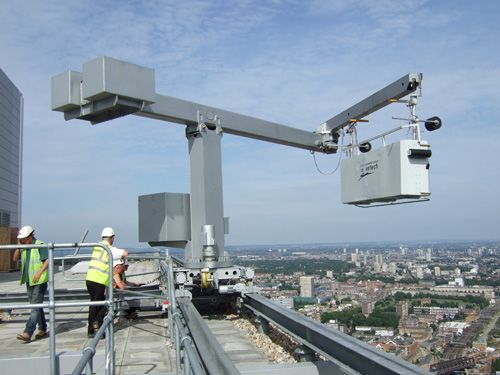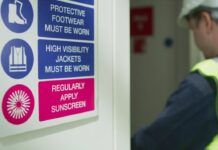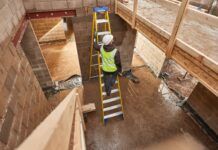
The Specialist Access Engineering & Maintenance Association (SAEMA) has published a new guidance document on working at height, covering everything from the responsibilities of the duty holder through to safe use and statutory record keeping.
According to SEAMA, which focuses on raising standards in the façade access industry, many modern buildings have large inaccessible areas that require routine cleaning and maintenance. Access to these areas is increasingly provided by trolleys, platforms and gantries which are permanently installed to provide a safe and productive place of work for maintenance personnel.
‘Using permanently installed suspended access equipment’ – one of five guidance documents now available on the SAEMA website – stipulates that all in-service activities concerning suspended access equipment should be carried out in compliance with BS 6037. This standard requires that all façades and other items that require periodic access are designed and positioned so that they can be accessed safely
According to SAEMA, failure to comply with this code of practice could render duty holders liable to prosecution.
Trevor Fennell, SEAMA’s secretary, said: “It’s essential that these projects are carried out to the highest standards in accordance with the latest official criteria. This new document is intended to ensure that these criteria are understood and met in full so that operatives stay safe. There can be no room for complacency when they are suspended hundreds of metres above the ground.”
In addition to referring the reader to the relevant standards and regulations, the document also covers the use of personal protective equipment (PPE), rigging platforms, dealing with breakdowns and malfunctions, and what procedures need to be followed upon completion of the installation.



